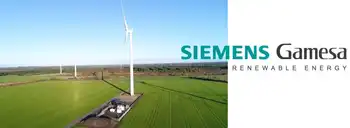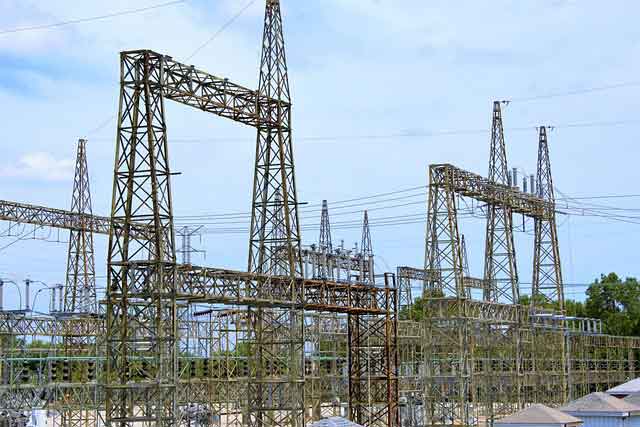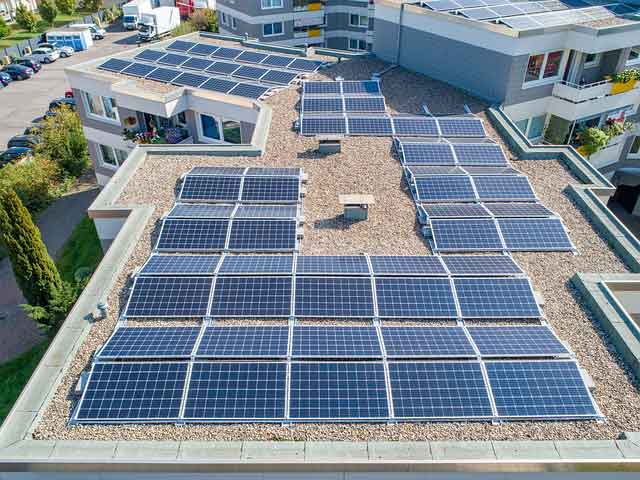Canada surpasses 2,000 MW of installed wind energy capacity
Wind currently supplies about 1 per cent of Canada's electricity demand, with 85 wind farms representing approximately 2,246 MW of generating capacity producing enough power to meet the needs of 671,000 homes.
Global leaders in installed wind energy capacity include Germany at 23,300 MW; the U.S. at 20,413 MW; Spain at 15,900 MW; China at 9,000 MW; and India at 8,757 MW. Over the past ten years, global wind energy capacity has continued to grow at an average cumulative rate of over 32 per cent. Between now and 2020, close to $1 trillion (US) in global investment is projected to bring global installed capacity to well over 500,000 MW.
"Surpassing the 2,000 MW mark represents a significant milestone for the wind energy industry in Canada. We believe, however, that we have only scratched the surface in terms of the role wind energy can and must play in Canada's clean energy future," said Robert Hornung, President of CanWEA.
"Achieving our industry goal of meeting 20 per cent of the country's electricity needs with wind energy by the year 2025 will generate $79 billion (CDN) in new investments, create more than 52,000 new jobs, and provide economic development opportunities for rural communities throughout Canada."
Wind Vision 2025 - Powering Canada's Future, argues that Canada has the potential to make wind energy one of Canada's next great economic opportunities, while also reducing greenhouse gas emissions and addressing other environmental concerns.
"In order for Canada to become a world leader in wind energy we need federal and provincial governments to play a strong leadership role in establishing a stable, long-term policy framework to support wind energy development going forward," said Hornung. "Given the pressure on our current manufacturing sector, wind energy represents a tremendous opportunity that can help diversify and renew our industrial base."
Ontario is the current provincial leader with installed wind energy capacity at 781 MW. Quebec follows at 531 MW; Alberta at 524 MW; Saskatchewan at 171 MW; Manitoba at 103 MW; Prince Edward Island at 72 MW; and Nova Scotia at 61 MW. Over the coming year it is anticipated that every province will be generating some electrical power from wind - and there is a clear consensus at all levels of government on the need to move towards a more sustainable electricity future.
Related News

Siemens Energy to unlock a new era of offshore green hydrogen production
BERLIN - To reach the Paris Agreement goals, the world will need vast amounts of green hydrogen and wind will provide a large portion of the power needed for its production.
Siemens Gamesa and Siemens Energy announced today that they are joining forces combining their ongoing wind-to-hydrogen developments to address one of the major challenges of our decade - decarbonizing the economy to solve the climate crisis.
The companies are contributing with their developments to an innovative solution that fully integrates an electrolyzer into an offshore wind turbine as a single synchronized system to directly produce green hydrogen. The companies intend to…





